Japan 2016 – Day 7 and 8; Shizuoka and Nagoya
I like trains
On day 7 we went to a ryokan in Shizuoka! It took a train ride of about… 3 hours to get there. We traveled to the middle of nowhere with a lot of different trains.
Including:
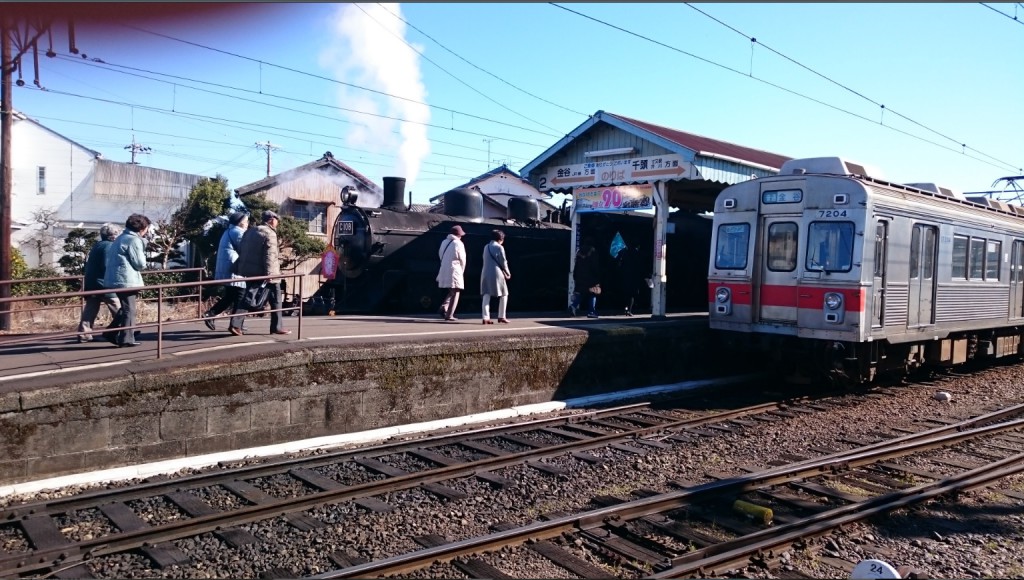
After we took one of the trains, we climbed a mountain and we enjoyed the scenery.
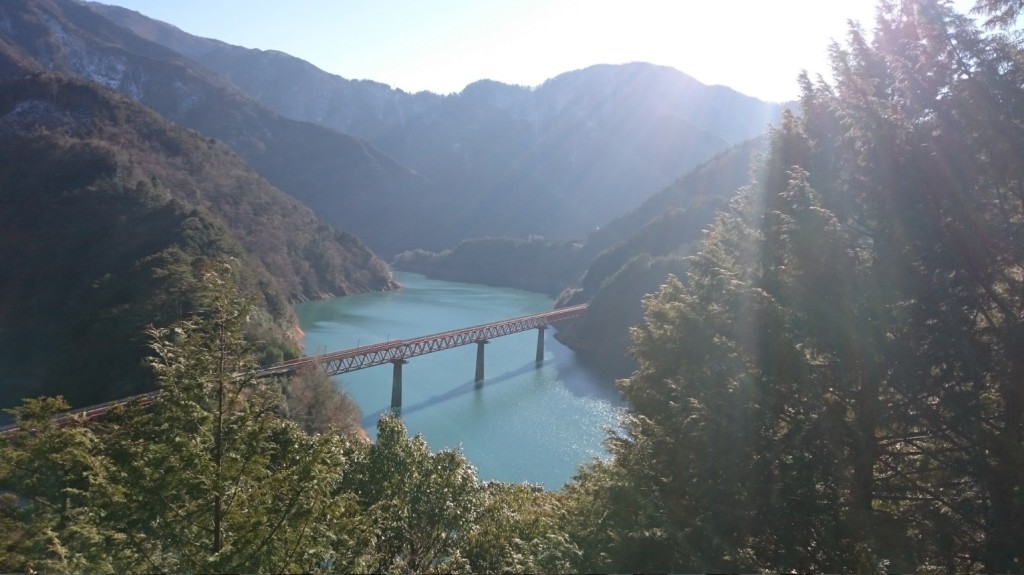
Ryokan
After riding 4 trains and a bus trip we arrived at the village of the ryokan. A ryokan is a traditional Japanese hotel. I really liked our room:

In the ryokan, we had a very nice traditional Japanese dinner:
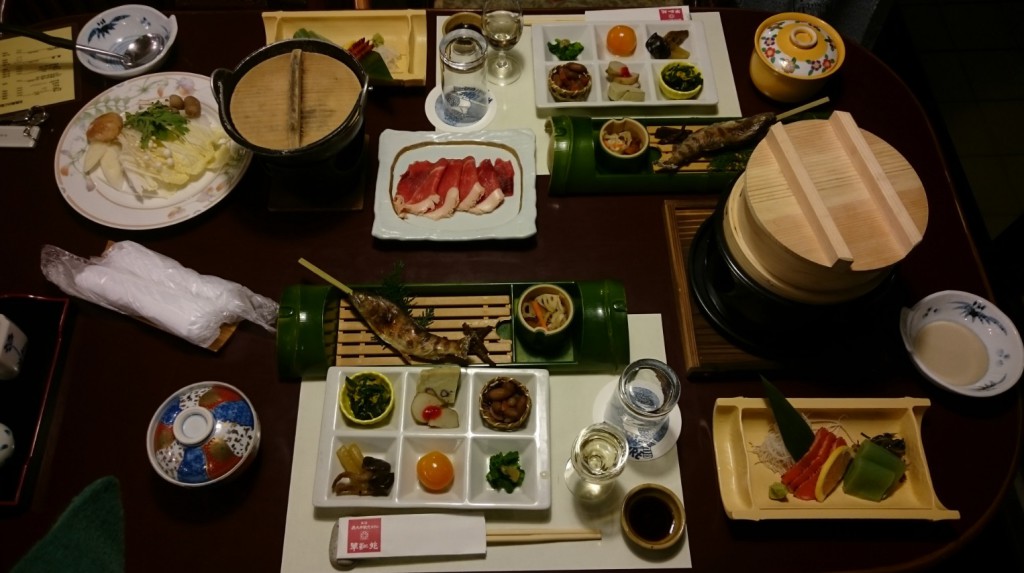
Onsen
After dinner, we got ready to go to the onsen. An onsen is a hotspring bath. It was said that this onsen was beneficial for beautiful skin. We also wore a Korean facial mask and it was totally relaxing. You could sit either inside or outside at the onsen. This is a pic of the onsen inside:
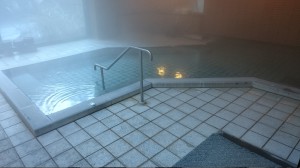
Afterwards we drank some tea in our room and went to sleep.

A brisk walk
The next day we got up early and had a traditional breakfast. After that, we went for a brisk walk in the mountains. I went to sit on a ridge and I drew a picture of what I saw. We met a friendly couple who were from Britain and Japan and we walked along together with them. We saw a wild bore and we crossed a hanging bridge over an azure blue river.
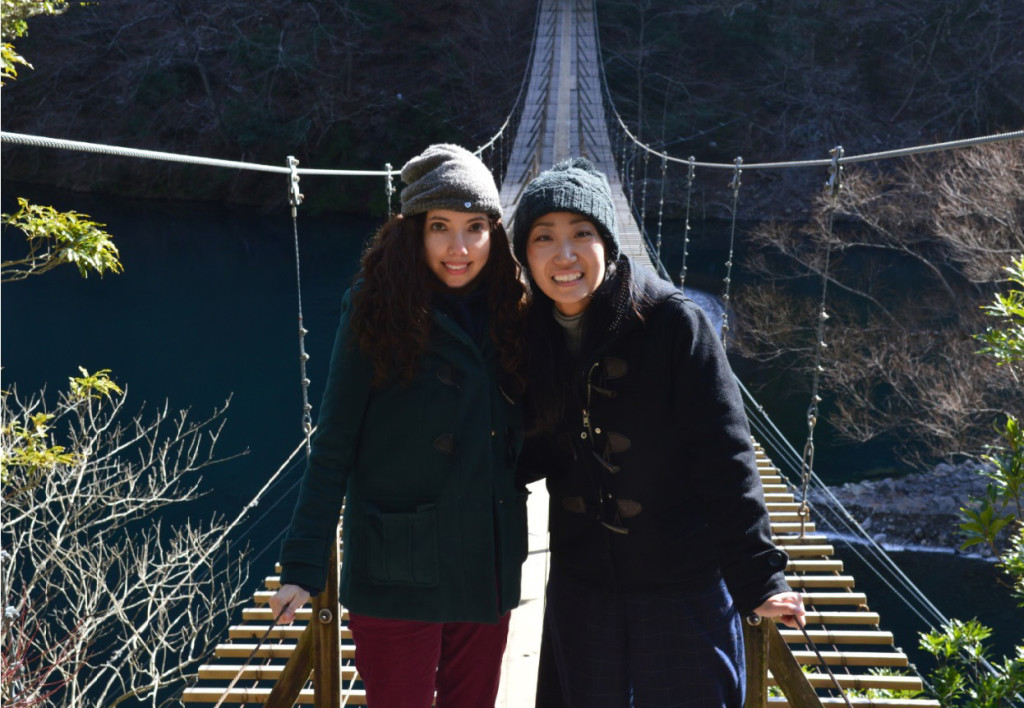
After a short relaxing trip to Shizuka, we took our 3 to 4 trains back again to Nagoya where we stayed for another night. The next morning I would go back by Shikansen to Tokyo and leave Azusa and her family, who had given me such a warm welcome and such a nice time in Nagoya.














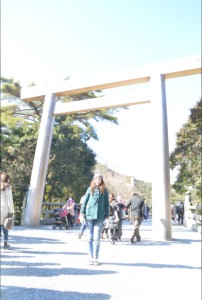
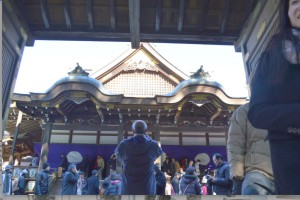
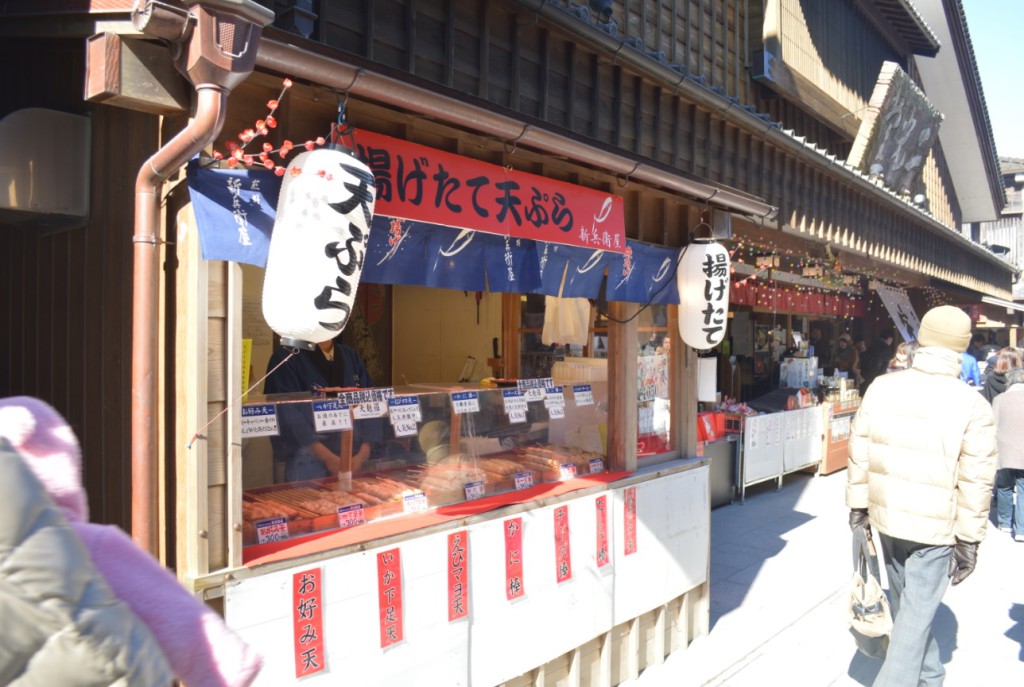
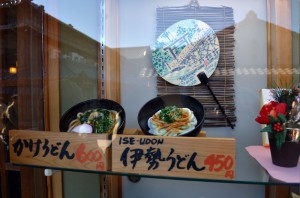
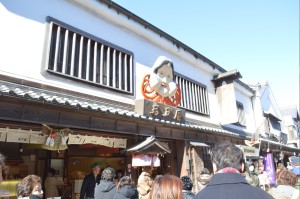
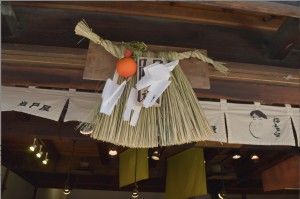
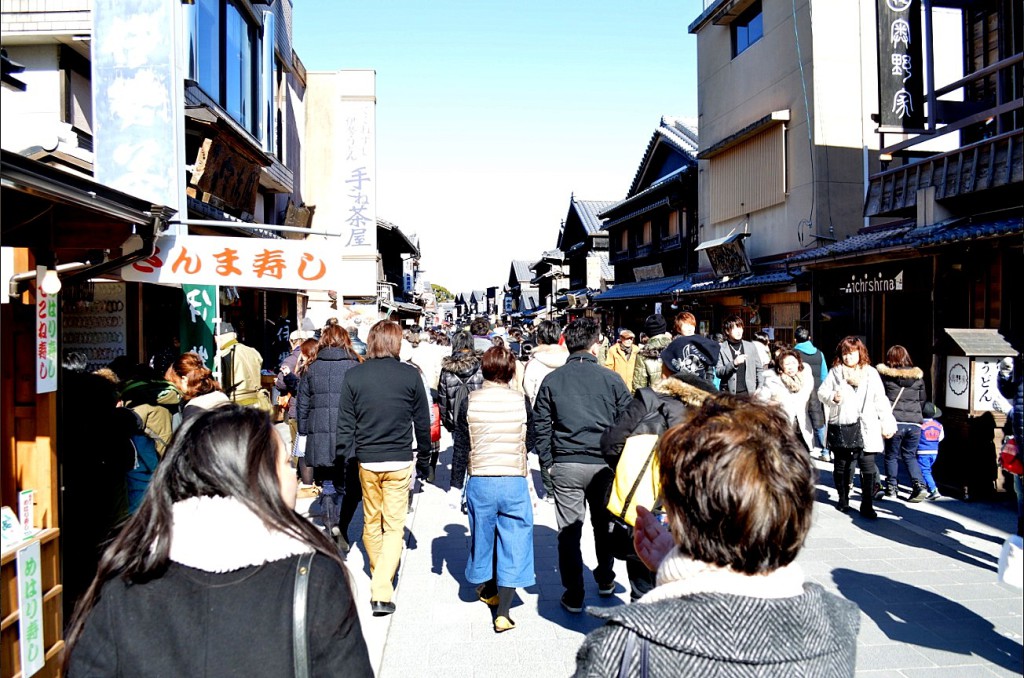

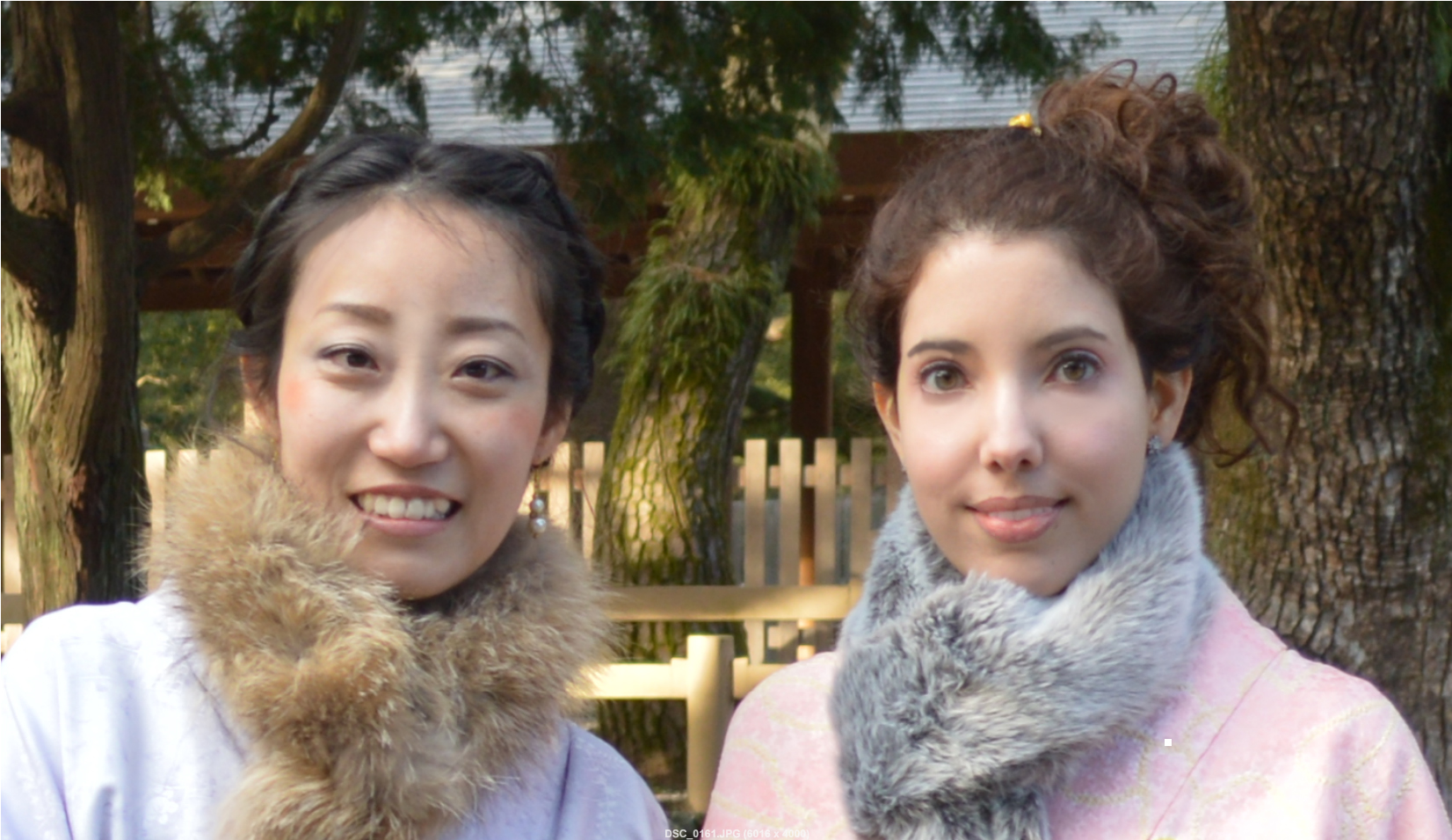
Recent Comments